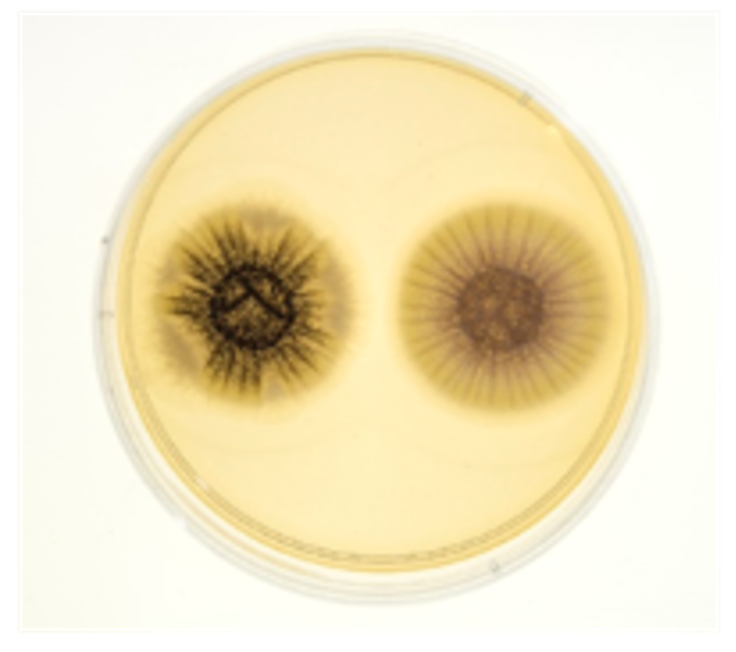Investigating the Roles of Melanin and DNA Repair on Adaptation and Survivability of Fungi in Deep Space
Science Objectives

“Investigating the Roles of Melanin and DNA Repair on Adaptation and Survivability of Fungi in Deep Space” will determine the physiology and molecular pathways responsive to spaceflight using fungi, a group of microorganisms commonly found in spacecraft. It will also identify characteristics and the underlying genetics necessary for survival in space by studying different strains of fungi that will travel around the Moon.
The results will generate scientific data that can facilitate the engineering of treatments to protect astronauts from high radiation during space exploration and establish sustainable life in space.
Status
Scheduled to launch as part of Biological Experiment-01 (BioExpt-01) aboard the Artemis I Orion Multi-Purpose Crew Vehicle for lunar orbit.
Experiment Description
“Investigating the Roles of Melanin and DNA Repair on Adaptation and Survivability of Fungi in Deep Space” will observe how different DNA repair pathways, non-homologous end-joining (NHEJ) and homologous recombination (HR), and melanin pigmentation, affect survival and adaptation of A. niger to the Artemis I flight.
Because deep space is characterized by a lack of gravity as well as the presence of high levels of cosmic ionizing radiation (IR), of which the major biological target is DNA, fungi such as A. niger have recently been used as models for studying the biological effects of cosmic IR, as these cells deal with DNA damage in a manner similar to animals.
The results of this investigation will allow researchers to analyze the ability of each of these genes to affect adaptation and survival by measuring their effects on overall cell survival and changes in phenotypes (e.g., growth rate, response to various stresses), gene expression, genome changes of surviving cells, as well as the proteins, metabolites, and biomass produced in-flight. [RI1]
Space Applications
Fungi can survive in space and their participation in space biology research addresses the physiology and molecular pathways responsive to spaceflight. Studying different strains of fungi that have traveled around the Moon will enable researchers to identify the characteristics and underlying genetics necessary for long-term survival in space. The findings will also generate omics data that could potentially help engineer treatments in future to protect astronauts from high radiation during space exploration and establish sustainable life in space.
Earth Applications
Results from this investigation will help identify novel compounds adaptive to elevated levels of radiation. These compounds are not only applicable to spaceflight but also for bioremediation of areas on Earth with high radiation levels. Moreover, the protective compounds can be used as a prophylactic to protect against UV and gamma radiation.




